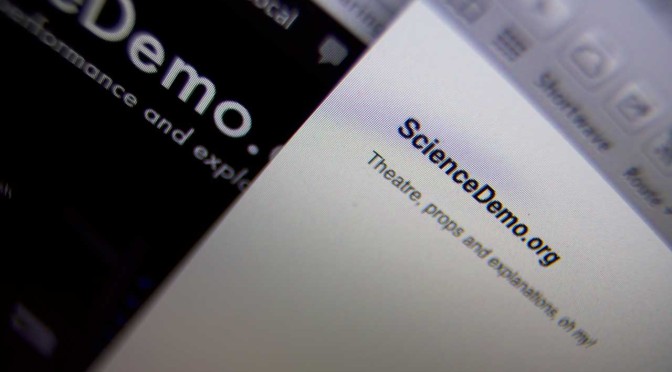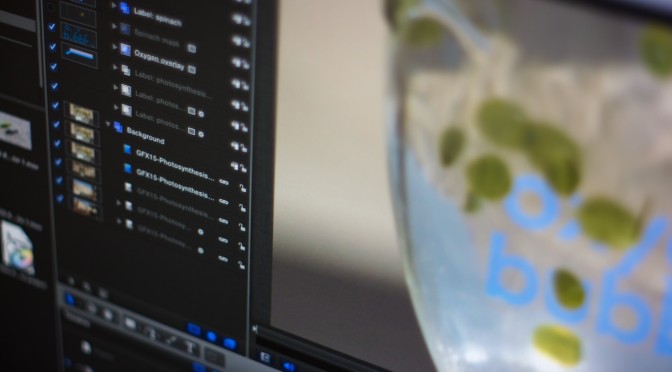- When we last left the Demo documentary film I’d just reached ‘first cut’ – the film was watchable though very much unfinished. Very unfinished.
That first fully-assembled version was ‘cut 03’, and we’re now on ‘cut 08’. In between, the film got longer. We had a viewing. It got shorter. We re-shot one of the scenes (for technical reasons, happily – editorial reshoots are always harder). It got longer again. I found a duplicated sequence I’d stupidly left in there. It got shorter once more.
That was the easy stuff, though. With a film like this there’s not a great deal of scope to reorder or second-guess oneself. The die was pretty much cast once we’d finished the script, and while we made plenty of changes as we filmed there were relatively few decisions left for the edit. With most documentaries you agonise about big structural changes for days and weeks, but we simply couldn’t afford any of that. We’d shot what we’d written, which at least makes the edit simpler.
No, the time-consuming part has been, for want of a better term, polish. Most scenes have seen at least two completely different colour treatments at different times. Sensor noise has been processed out of a significant number of shots, eating dozens of hours of processor time. There are graphics overlays of one sort or another on a couple of dozen shots, which took anything from a few minutes to sort to the better part of a day. At one point I found myself painting out a fly, frame by frame. That nobody will ever notice is rather the point.
Are we done? Almost. We’re now at the stage where we’re arguing about individual shots, and whether things should go a little quicker in places, or need room to breathe, or whether this shot needs a graphic and this one doesn’t, or vice-versa.
We’re polishing.


